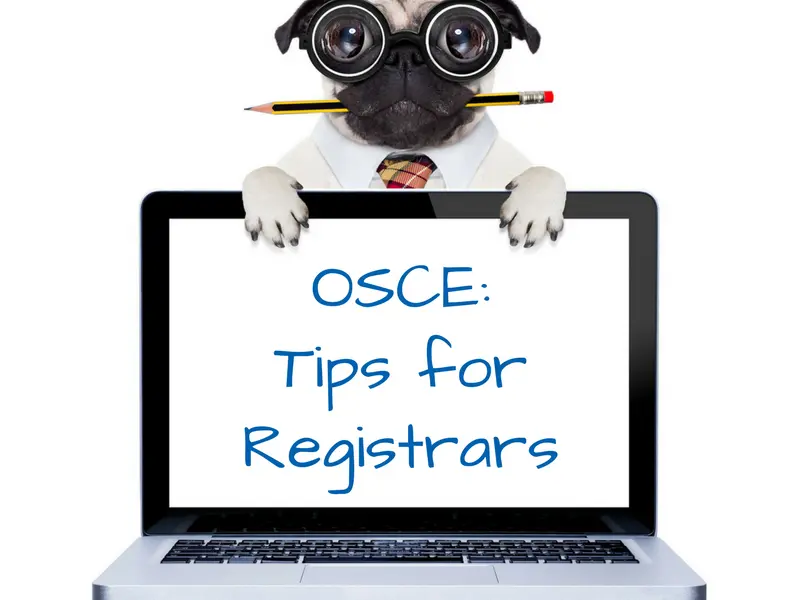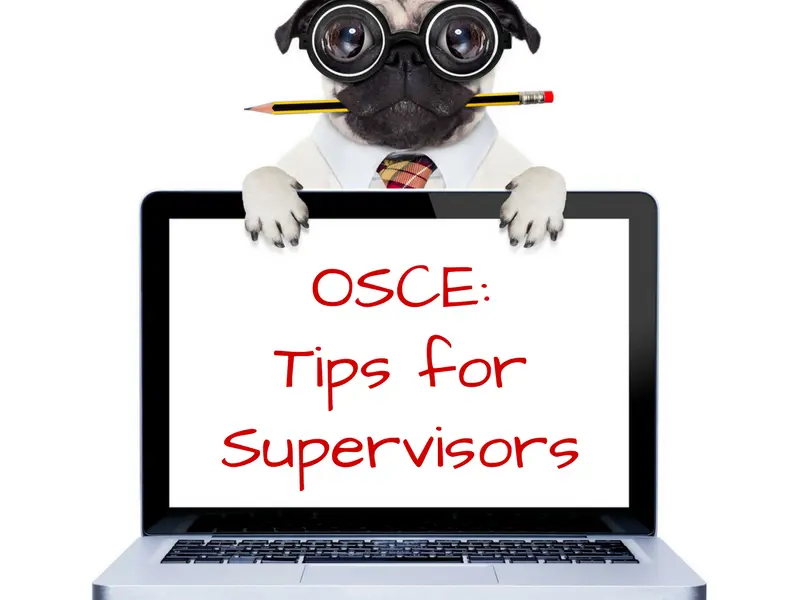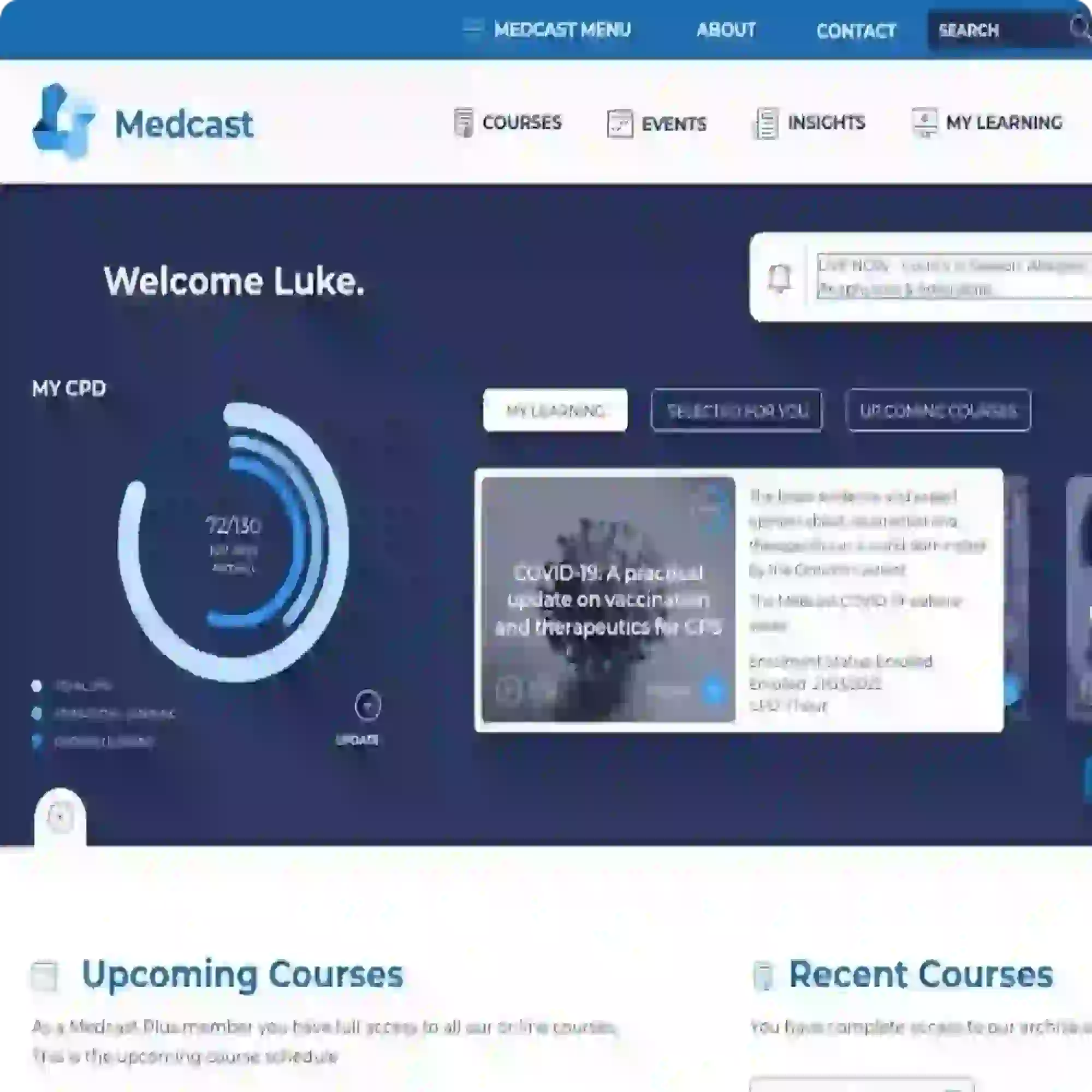Medcast news and blog
How to Dress for OSCE Success
In the weeks leading up to the OSCE, the question of how to dress for your exam is sure to pop up. However, your appearance is so much more than what you wear on the day.
READ ON
It's Monday morning. You're feeling bright and refreshed after the weekend, and looking forward to some interesting challenges. Your first patient is Louisa Hill, aged 43 years. "I'm tired Doc". Great start.

Wouldn’t it be luxurious in General Practice to have three minutes to consider what the patient is likely to present with, and to consider and document a safe plan for proceeding with the consultation?

You are mid OSCE station and you’ve hit a roadblock. Not sure what to ask next, where to go, where you have gone wrong? You have no idea what the diagnosis is and are getting poker faces from the examiners. What do you do next?

As an examiner, one of the most disappointing things I find about candidates’ preparation for the OSCE is their inability to do a good physical examination on a patient.

The OSCE is the ‘highest order’ exam, in which a candidate ‘shows’ what they can do. This blog post includes some tips for registrars preparing for the exam.

Your registrar is preparing to sit the OSCE exam. As a supervisor, what do you need to know and how can you help her prepare?

Rightly or wrongly, the KFP has become the most feared of the current crop of FRACGP exams. This stems from relatively high failure rates, an apparent ‘randomness’ of responses and the common belief that you have to ‘read the examiner’s mind.

The Applied Knowledge Test (AKT) is the most straightforward of the FRACGP exams, and yet many still struggle with it. In the 2016.1 exam cycle, the pass rate was around 64%, meaning that one-third of the candidates still have some trouble passing the AKT.
